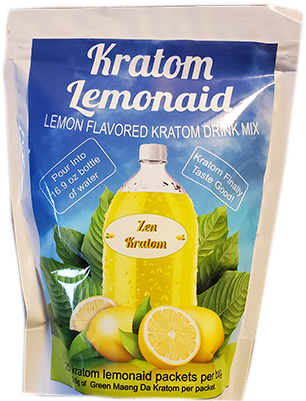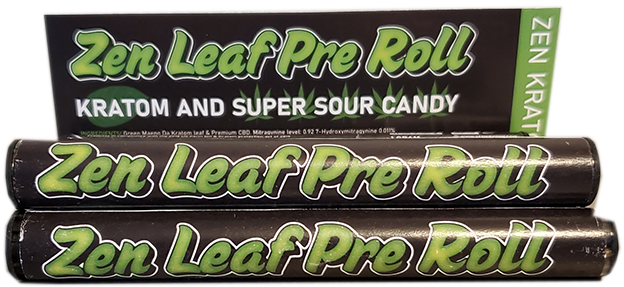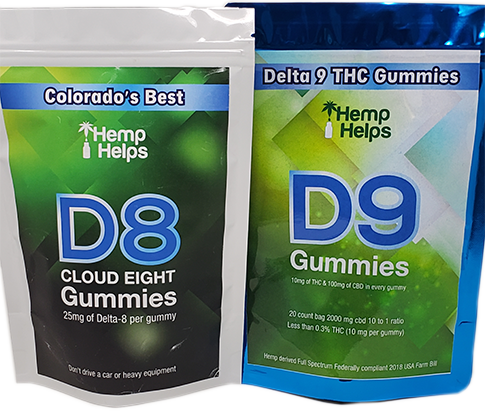The Natural Meds
A Symphony of Relaxation and Flavor
Welcome to the oasis of herbal delights – www.TheNaturalMeds.com, where nature meets wellness in a symphony of flavor and relaxation. In this blog post, we embark on a journey through the enticing offerings of Kava coco drink mix, Kratom lemonade, Kratom pre rolls, and the renowned Delta-9 gummies. Brace yourself for a sensory experience that transcends ordinary herbal products. Let’s dive into the world of botanical bliss and discover what makes The Natural Meds a haven for those seeking natural remedies.


The Natural Harmony of Kava Coco Drink Mix
Unveiling the Serenity
The Kava coco drink mix at The Natural Meds is not just a beverage; it's a ritual. Derived from the roots of the Kava plant, this concoction promises a harmonious blend of relaxation and flavor. We explore the origins of Kava, its cultural significance, and why The Natural Meds has become a trusted source for Kava enthusiasts.
Brewing Bliss
Learn the art of preparing the perfect cup of Kava coco, unlocking its soothing properties. From traditional methods to innovative recipes, we delve into the myriad ways you can enjoy this herbal elixir. It's not just a drink; it's a ceremony of tranquility.


Kratom Lemonade - Zest with a Zen Twist
Sour, Sweet, Serene
The Kava coco drink mix at The Natural Meds is not just a beverage; it's a ritual. Derived from the roots of the Kava plant, this concoction promises a harmonious blend of relaxation and flavor. We Kratom lemonade is a testament to the fusion of flavors at The Natural Meds. Explore the unique combination of Kratom and the zesty allure of lemonade. We dissect the components, highlighting the potential benefits of Kratom and the refreshing burst of citrus.explore the origins of Kava, its cultural significance, and why The Natural Meds has become a trusted source for Kava enthusiasts.
Mixing Magic Magic
Get creative with Kratom lemonade recipes that go beyond the ordinary. Whether it's a summer cooler or a warm winter treat, we provide a guide to infusing your Kratom lemonade with a touch of personal flair.


The Roll of Relaxation - Kratom Pre Rolls
Crafting Calm
Kratom pre rolls redefine the traditional smoking experience. We uncover the meticulous process of crafting these rolls, blending premium Kratom with quality rolling materials. It's a journey from leaf to roll, ensuring a smooth and enjoyable smoke.
Inhale, Exhale, Unwind
Explore the potential benefits of Kratom pre rolls and how they offer a nuanced way to experience the effects of Kratom. From managing stress to promoting relaxation, these pre rolls are a discreet and flavorful option for Kratom enthusiasts.


Delta-9 Gummies - The Edible Euphoria
Delta-9 Deconstructed
What sets Delta-9 gummies apart? In this section, we unravel the mysteries of Delta-9 THC, exploring its unique properties and the science behind the delightful gummies at The Natural Meds. We also touch upon the legal landscape surrounding Delta-9.
Gummy Gastronomy
Step into the kitchen of The Natural Meds as we explore the crafting of Delta-9 gummies. From sourcing quality Delta-9 to the art of infusing it into delectable gummies, every step is a testament to precision and quality.

The Natural Meds Experience - Beyond Products
Quality Assurance
What makes The Natural Meds a trusted name? We delve into their commitment to quality, from sourcing raw materials to rigorous testing. It's not just about products; it's about a commitment to the well-being of their customers.
Community and Wellness
Explore their educational initiatives, user testimonials, and the sense of belonging that comes with being a part of The Natural Meds family.
The Future of Herbal Wellness
Innovations on the Horizon
What's next for The Natural Meds? In this concluding chapter, we peek into the future, exploring potential innovations and upcoming products. From new flavors to inventive formulations, The Natural Meds is poised to continue redefining the landscape of herbal wellness.
Epilogue: Embracing Nature, Embracing Wellness
As we close the chapter on The Natural Meds, it's not just about products; it's a celebration of nature's gifts and their transformative impact on our well-being. From Kava coco ceremonies to the zest of Kratom lemonade, the calming rolls of Kratom pre rolls to the euphoria of Delta-9 gummies, The Natural Meds invites us to rediscover the ancient wisdom of herbal remedies in a contemporary, flavorful form. So, sit back, relax, and let The Natural Meds be your guide to a harmonious blend of nature and wellness.